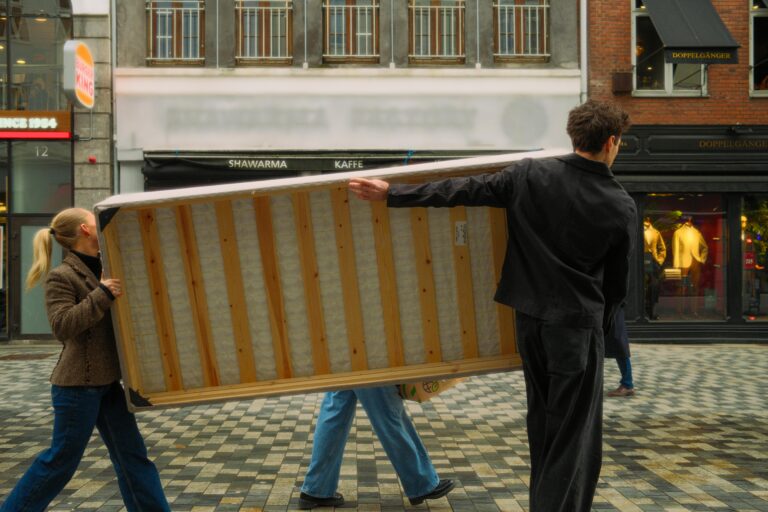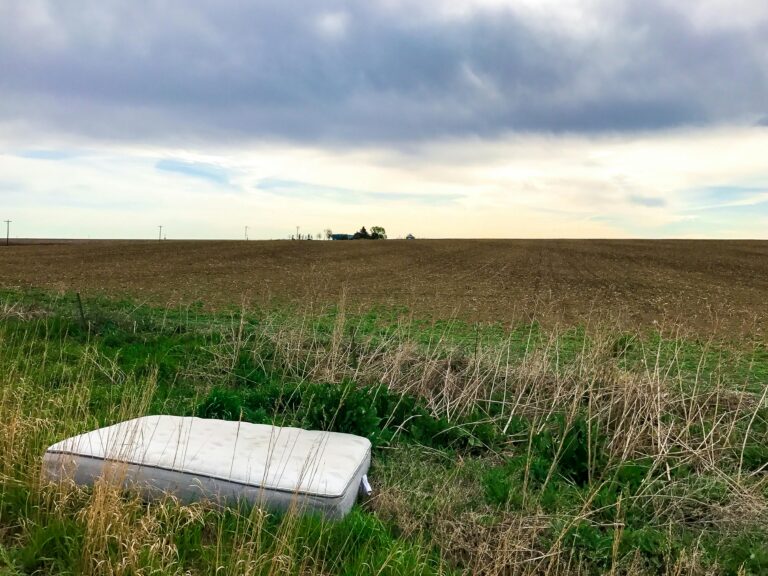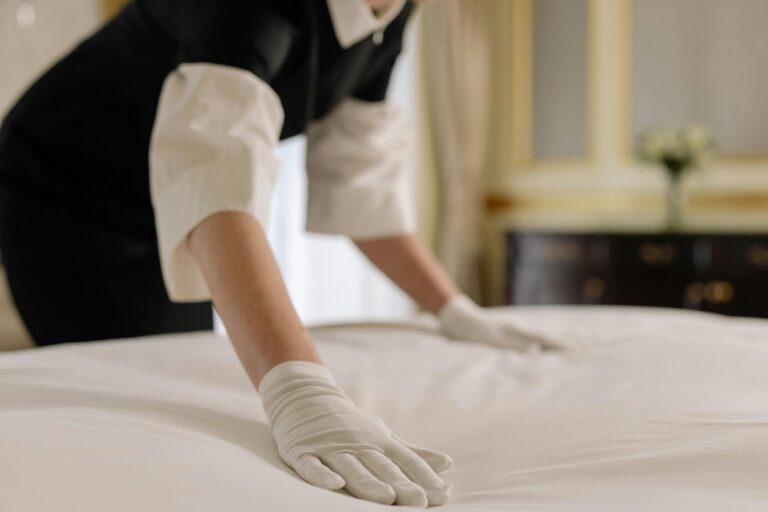Insider’s Guide on How to Clean Wee from Mattress
Imagine this it’s 3 a.m. in the morning and you wake up to the feeling of dampness soaking through your sheets. It could be your kid’s accident in the night, your pet marking its spot, or too much water before bed. Urine on a bed is something we all face. But, good news! With some smart moves, you can wipe out those stains, get rid of bad smells, and take back your place of sleep. This isn’t just cleaning—it’s learning how to save your mattress.
Urine stains are a big deal. They are common for pet owners, parents, and even adults who drink a lot of water late at night. A 2022 survey by the National Sleep Foundation found that 1 in 3 homes have mattress stains each year, and urine makes up almost 40% of these issues. The risks are big: A stain left alone can cut down your mattress’s life, set off allergies, and mess with how well you sleep. But don’t worry—this guide will make you a pro at beating stains.
Why Urine is Your Bed’s Big Problem (And How to Beat It)
Urine is more than just an annoying wet thing. It’s a mix of urea, uric acid, salts, ammonia, and germs that goes deep into bed fibers. Let’s break it down:
- Urea: Turns into ammonia over time, making bad smells.
- Uric Acid: Makes tough crystals that stick to cloth.
- Germs: Love warm, wet places, leading to mold and health issues.
Dr. Emily Carter, a germ expert at CleanScience Labs, says, “Urine’s acid messes up bed pH levels, weakens fibers, and makes a home for allergens like dust mites.” If you don’t clean it, this mix can ruin foam and stuffing, causing lasting harm.
The trick to keeping your bed safe:
To combat urine, you need to act on three fronts:
- Neutralize acidity (vinegar, enzyme cleaners).
- Break down uric acid (enzymes, hydrogen peroxide).
- Eradicate bacteria (UV light, antiseptics like tea tree oil).
Step 1: Act Fast—The 10-Minute Rule
Time helps you. Act quickly after the accident, and you might remove it completely.
- Strip the Bed
Take off all bedding right away. Clean sheets with hot water and a detergent with oxygen bleach (like Tide Ultra Oxi). Skip fabric softeners—they trap smells. For delicate items, use white vinegar in the rinse to kill odors.
Pro Tip: Have extra sheets and a stain kit (vinegar, baking soda, gloves) ready under your bed.
- Blot, Don’t Rub
Use clean microfiber towels or plain paper towels. Push from outside in to keep the stain from spreading. Keep doing it until dry.
Why Microfiber Wins: Microfiber pulls in particles better than cotton, making it great for soaking up liquids.
- Cold Water Rinse
Dab the stain with cold water. Hot water makes stains permanent. Use a spray bottle for better aim. Blot again. For big messes, put towels under the mattress.
Step 2: Choose Your Weapon—DIY vs. Commercial Cleaners
What you use depends on the stain’s age and depth.
The Homemade Power Trio
- White Vinegar & Baking Soda
- Mix: 1 cup cold water, ½ cup white vinegar, 2 tbsp baking soda.
- Apply: Spray a lot, wait 10 minutes. Blot.
- Science: Vinegar fights ammonia, and baking soda removes odors.
For Tough Stains: Put baking soda on, spray with vinegar, watch it fizz and lift stains. Vacuum in 2 hours.
- Hydrogen Peroxide Boost
- Mix: ½ cup 3% hydrogen peroxide, 1 tsp dish soap, 1 tbsp baking soda.
- Apply: Scrub with a toothbrush. Wait 20 minutes. Blot.
- Be careful: Test on a hidden spot first—peroxide might lighten dark fabrics.
- Oxygen Bleach Paste
- Mix: 2 tbsp oxygen bleach (like OxiClean) and cold water into a paste.
- Apply: Put on stain, wait 1 hour. Clean with a wet cloth.
When to Go Pro: Enzyme Cleaners
For old or pet stains, use enzyme cleaners like Nature’s Miracle or Rocco & Roxie. Enzymes break down uric acid, which vinegar can’t.
Application:
- Soak the area well.
- Cover with plastic to keep it wet longer.
- Let it work overnight. Clean up any leftover residue.
Step 3: The Drying Dilemma—Avoiding Mold & Mildew
A damp mattress is a mold magnet. Follow these steps:
- Maximize Airflow
- Position fans on all sides of the mattress.
- Open windows for cross-ventilation.
- Use a dehumidifier in humid climates.
- Harness Sunlight
UV rays kill bacteria and freshen fibers. If possible, place the mattress outdoors for 4–6 hours. Rotate every hour for even exposure.
- Accelerate with Care
- Use a hairdryer on cool setting 12 inches above the stain.
- Avoid heat, which can set residual proteins.
- Patience is Key
Wait 6–12 hours before remaking the bed. Press a dry paper towel onto the area—if moisture appears, keep drying.
Step 4: Fortify Your Defenses—Preventing Future Incidents
- Waterproof Mattress Protectors
- Recommended: SafeRest Premium (hypoallergenic, noiseless) or Linenspa Zippered Encasement (bedbug-proof).
- Maintenance: Wash every 2 months in hot water.
- Training Tactics for Pets
- Reinforce Potty Training: Use positive reinforcement. For recurring accidents, consult a vet to rule out UTIs.
- Anxiety Solutions: Feliway diffusers (for cats) or Adaptil collars (for dogs) reduce stress-related incidents.
- Routine Maintenance
- Monthly: Vacuum with an upholstery attachment.
- Quarterly: Sprinkle baking soda, let sit 1 hour, vacuum.
- Biannually: Steam clean with a handheld steamer (120°F kills dust mites).
The Secret Weapon You’re Overlooking: Your Nose
Even after cleaning, odors can linger due to residual bacteria.
- Activated Charcoal Bags
- Place Moso Natural bags under the bed. Replace every 2 months.
- DIY Odor Bomb
- Mix 1 cup baking soda, 10 drops tea tree oil, 5 drops lavender. Sprinkle, vacuum after 8 hours.
- Black Light Detection
- Use a UV flashlight to spot invisible residues. Circle stains with chalk for targeted treatment.
FAQs: The Quickfire Round
Q: Can old urine stains ever be fully removed?
A: Yes! Enzyme cleaners and repeated treatments break down uric acid. For decades-old stains, consider a professional deep clean.
Q: Does urine ruin a mattress?
A: Only if ignored. Prompt cleaning preserves integrity. Memory foam is more vulnerable than innerspring.
Q: Why does my mattress still smell after cleaning?
A: Residual crystals or bacteria. Try a bio-enzymatic spray or rent an ozone generator (caution: follow safety guidelines).
Q: Are eco-friendly solutions effective?
A: Yes! Lemon juice + salt lifts stains, while cornstarch absorbs odors.
When to Call a Professional
If DIY efforts fail, certified upholstery cleaners use truck-mounted extractors and antimicrobial treatments. Costs range from 150–300, but it’s cheaper than a new mattress.
The Psychological Impact of a Clean Mattress
A 2021 study in Sleep Health Journal found that participants with stain-free bedding reported 23% better sleep quality. Your mattress is a sanctuary—protecting it fosters mental well-being.
Final Thought: Turn Crisis Into Confidence
Armed with this knowledge, you’re ready to tackle any accident. Share your #MattressRescue wins, and remember—every stain tells a story. Let yours be one of triumph.
Your Action Plan:
- Assemble a stain kit.
- Invest in a protector.
- Sleep soundly, stain-free.
Got a hack we missed? Tag us in your cleanup journey. For more battle-tested tips, explore our Ultimate Home Detox Series. Because life’s too short for stinky mattresses.






